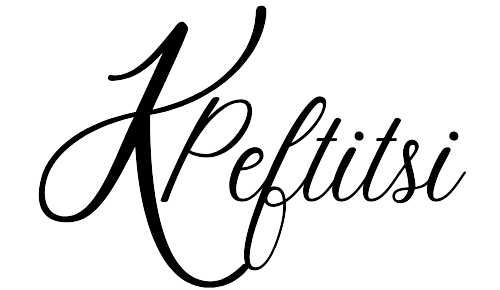The Versatility of Acrylic Ink and Pastel Oil in Greek Art
Greek art has a rich history that spans thousands of years, with artists from ancient times to the present day showcasing their talent and creativity. One popular medium that Greek artists often use is a combination of acrylic ink and pastel oil. This unique blend of materials allows artists to create stunning and vibrant works of art that capture the essence of Greece’s rich cultural heritage.
Exploring Acrylic Ink
Acrylic ink is a versatile medium that offers artists a wide range of possibilities. It is made from pigments suspended in an acrylic polymer emulsion, which gives it a fluid consistency. This fluidity allows artists to achieve smooth and flowing brushstrokes, perfect for capturing the fluidity of Greek landscapes or the graceful movements of Greek figures.
One of the advantages of using acrylic ink is its quick drying time. Unlike traditional oil paints, which can take days or even weeks to dry, acrylic ink dries within minutes. This allows artists to work more efficiently and make adjustments to their artwork without having to wait for long periods.
Acrylic ink also offers excellent color vibrancy and durability. The pigments used in acrylic inks are highly concentrated, resulting in intense and vibrant colors that can withstand the test of time. This is particularly important for Greek artists who want to capture the vividness of the Mediterranean landscapes or the vibrant hues of Greek mythology.
Embracing Pastel Oil
Pastel oil, on the other hand, is a medium that combines the qualities of both pastels and oil paints. It is made by mixing dry pigments with a small amount of oil to form a soft and creamy consistency. Greek artists often use pastel oil to add depth and texture to their artwork, creating a sense of realism and dimension.
One of the advantages of using pastel oil is its ability to blend and layer colors. Artists can achieve smooth transitions between different hues, allowing them to create realistic and captivating images. This is particularly useful for Greek artists who want to capture the intricate details of ancient Greek architecture or the delicate features of Greek portraits.
Another advantage of pastel oil is its versatility. Artists can use it to create both opaque and translucent effects, depending on the desired outcome. This flexibility allows Greek artists to experiment with different techniques and styles, adding a unique touch to their artwork.
Combining Acrylic Ink and Pastel Oil
When Greek artists combine acrylic ink and pastel oil, they can create truly captivating and dynamic artworks. The fluidity of acrylic ink pairs beautifully with the texture and depth of pastel oil, resulting in a visually stunning combination.
By using acrylic ink as a base layer and adding layers of pastel oil on top, artists can achieve a sense of depth and luminosity in their artwork. The vibrant colors of the acrylic ink shine through the translucent layers of pastel oil, creating a captivating interplay of light and shadow.
Whether it’s capturing the beauty of the Greek islands, the grandeur of ancient Greek temples, or the grace of Greek mythology, the combination of acrylic ink and pastel oil allows Greek artists to bring their visions to life in a truly unique and captivating way.
In conclusion, the use of acrylic ink and pastel oil in Greek art offers a wide range of possibilities for artists. The fluidity and vibrancy of acrylic ink, combined with the texture and versatility of pastel oil, allow artists to create stunning and captivating artworks that capture the essence of Greece’s rich cultural heritage.
